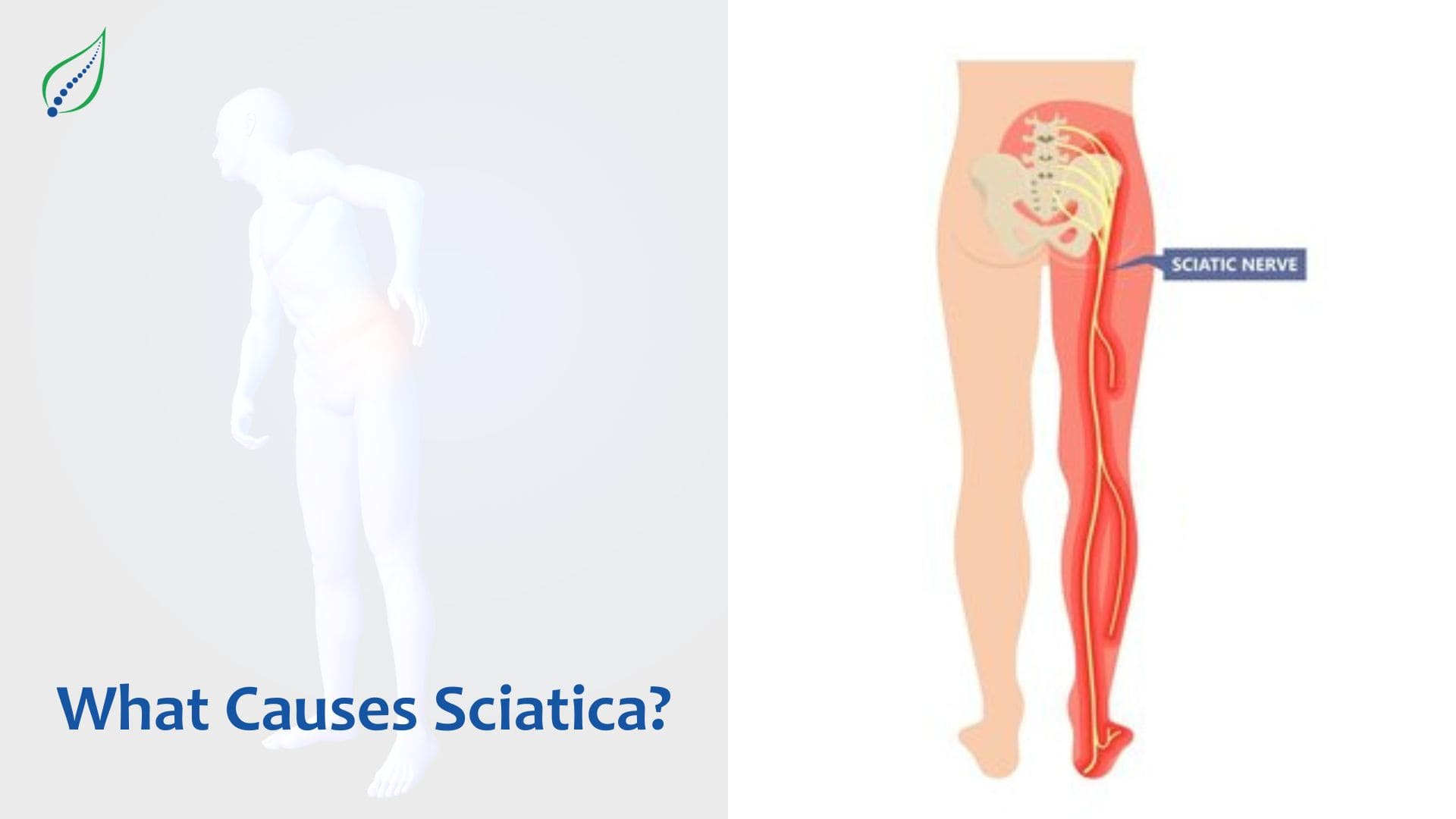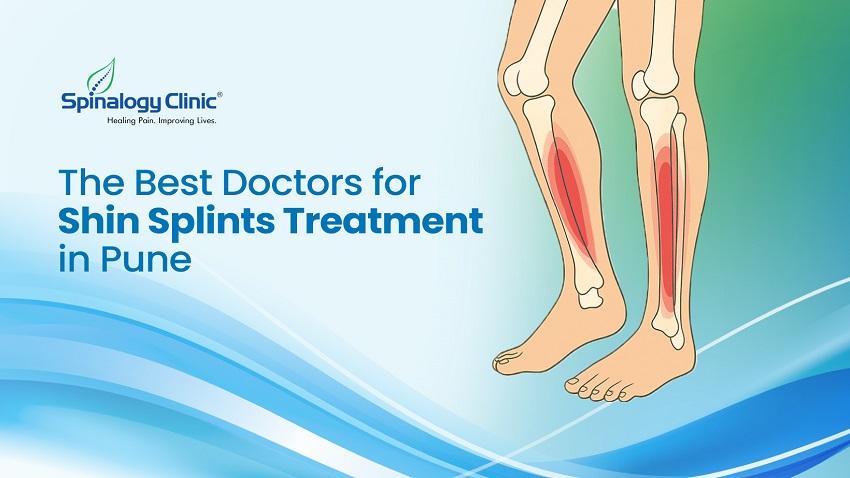What Causes Sciatica?
Sciatica refers to pain that radiates along the path of the sciatic nerve, which branches from the lower back, through the hips and buttocks, and down each leg. This sharp, shooting pain is often caused by compression or irritation of the sciatic nerve roots. Understanding the common causes of sciatic nerve pain can help you find the right treatment.
Common Causes
- Herniated Discs: Discs act as cushions between the vertebrae in your spine. If a disc ruptures or herniates and leaks the nucleus pulposus (gel-like interior of discs), it can put pressure on the sciatic nerve roots and cause inflammation and pain. This is the most common cause of sciatica.
- Degenerative Disc Disease: As discs naturally break down with age, it can result in defects that allow disc material to irritate the sciatic nerve. Degeneration is more likely to cause sciatica in older adults.
- Spinal Stenosis: When the spaces within the spine narrow, it can compress the nerves. Spinal stenosis often occurs with ageing, but previous back injuries and some genetic conditions can also lead to abnormal narrowing of the spinal canal.
- Spondylolisthesis: This causes one vertebra to slip forward over another and pinch the nerve roots, often occurring at the L5 level. It develops over time from stress on the spine.
- Piriformis Syndrome: The piriformis muscle located deep in the buttocks can sometimes irritate or put pressure on the sciatic nerve if the muscle spasms or swells. Prolonged sitting, leg injuries, or muscle overuse increase piriformis syndrome risk.
- Pregnancy: Weight gain, hormonal changes, and baby positioning can contribute during pregnancy. However, symptoms usually resolve after giving birth.
- Sciatic Nerve Tumors and vascular malformations: Sciatic nerve sheath schwannoma is a rare condition. Schwannomas are the most common peripheral nerve sheath tumours.
- Lumbosacral Plexopathy: An injury to nerves in lumbar and sacral region leads to radiating pain in one or both legs.
There are also conditions which mimics the symptoms of sciatica such as sacroiliitis, hip arthralgia, compressive neuropathy, hamstring spasm, arterial and venous thrombosis, cluneal neuralgia, Quadratus lumborum syndrome, catamenial sciatica etc.
What Does Sciatica Feel Like?
Those suffering from sciatica most commonly experience:
- Radiating, sharp pain from the lower back down the back of one leg
- Numbness or tingling sensations down the leg and into the foot
- Difficulty moving the leg or foot on the affected side
- Constant pain that may be worse when sitting, coughing, sneezing or moving
The pain often starts gradually and intensifies over time. While it can impact both legs, usually only one side of the body is affected. The severity of sciatica ranges from irritating to debilitating for some.
Getting a Diagnosis
Visit best doctor for Sciatica Treatment Pune if you experience signs of sciatica for more than a week or two. They will assess your medical history, perform a physical exam, and conduct tests to determine the cause of your sciatic nerve pain.
- Medical History & Physical: Your doctor can assess risk factors and pain characteristics based on your age, occupation, activity level, trauma history, pain onset, etc. They can see if movement worsens your pain.
- Imaging Tests: X-rays, CT scans and MRIs provide detailed images to evaluate back injuries, herniated discs, bone spurs, tumours or other abnormalities that could be irritating the sciatic nerve.
- Nerve Tests: Electromyography (EMG) tests measure electrical activity in muscles and nerves. It can confirm nerve compression caused by conditions like piriformis syndrome or radiculopathy (pinched nerve root).
Conclusion
Seeking medical attention for symptoms like radiating leg pain, numbness, and tingling caused by sciatic nerve irritation is crucial to determine the underlying cause and proper treatment. Starting with more conservative pain relief options is best to help resolve pain faster and avoid chronic nerve damage or disability.




